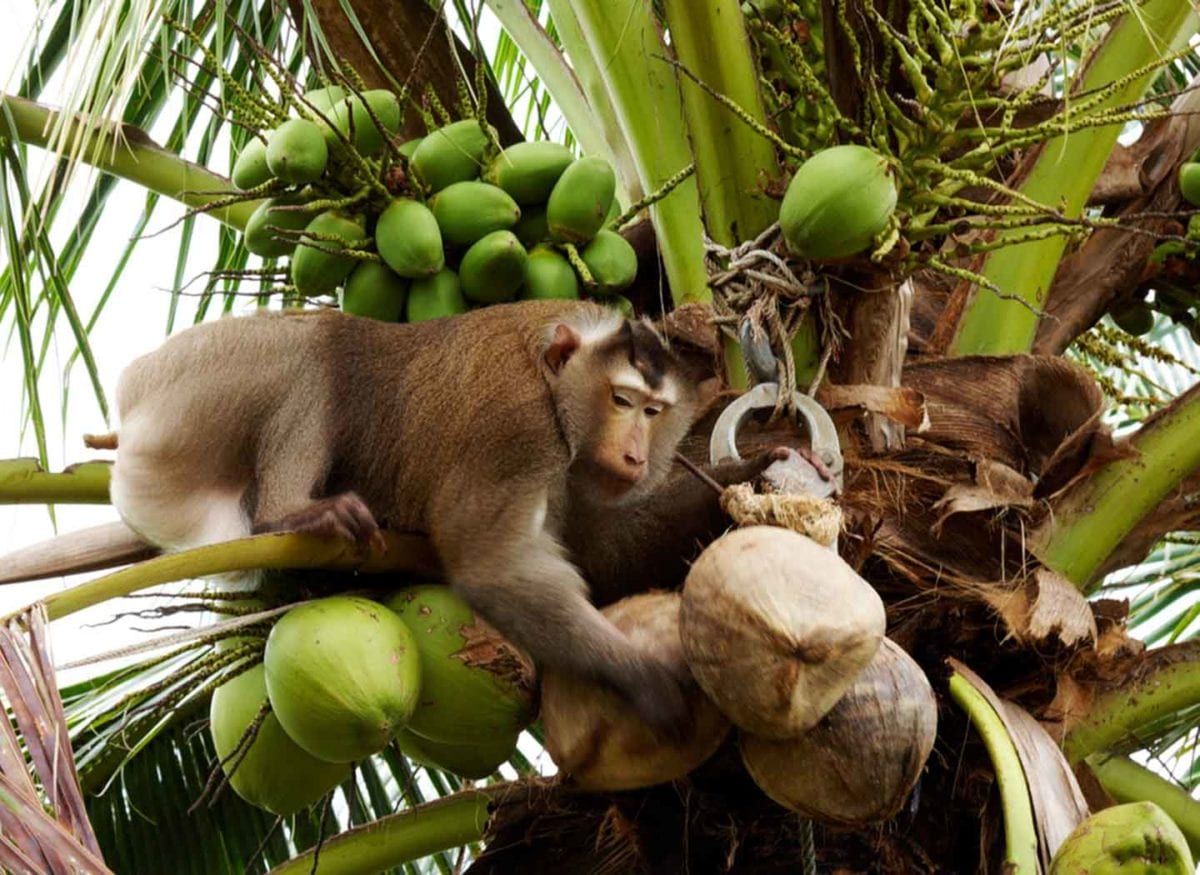The timeless Vedas and many philosophical treatises talk about detachment and equanimity for a peaceful life. Is it practical, doable? On the subject of detachment, I received the following comment yesterday (quoting literatim):
We have so many hormones, physical, chemical and biological factors (sic) working with our day to day psychology and there are gurus who say ‘ohh give up this and give up that…’
Even they know that it is not possible [to] detach with (sic) your ‘pleasure, taste and desire…’ but they keep insisting on these things because they know that it is not actually possible to detach…it is part of our own brain (sic) and psychology…
This is the centuries (sic) old trick that gurus [have] been playing with their followers to sustain their power.
Don’t be Fooled.
I hear you. You may have a point. Having said that, your doctor will ask you to refrain from deep-fried foods if you want to lower your cholesterol. They will recommend that you avoid sugar and go for daily walks if you are a patient of diabetes. They will tell you that a wholesome diet and exercise are necessary if you want to lead a healthy life. Who doesn’t like awesome desserts or yummy, but deep-fried, culinary marvels? If they were not detrimental to our health, we might even be gobbling them up left, right and center. You are not going to die if you eat junk food all the time (eventually you will though). But anyone who’s health-conscious eats them in moderation, they exercise caution. They know there’s a price to pay. And this is the key — there’s a price to pay.
It’s the same with virtues like detachment, truthfulness, compassion and so forth. You don’t have to practice them. You don’t have to give up your anger, jealousy, hatred and negativity (none of which is either easy or impossible). Just remember though, there’s a price to pay. It will cost you peace and your emotional well-being. A true guru never dictates an action or a path, he or she merely tells you what has worked for them and the rest is up to you.
Maybe some gurus unduly highlight your weaknesses or maybe your truth is hurting you. Maybe a lot of them shamelessly fool people. Then again, there are many saints who have devoted their entire lives to the welfare of our world. They aren’t all cut from the same cloth. Anyway, my post is not about gurus or followers. Instead, my focus today is on detachment and letting go.
Attachment is natural, even comforting at times, but as I just said, it has a price. If you are happy riding the emotional roller-coaster of life, by all means then, you can cling to your current temperament and feelings. But, if you want to experience deep and long-lasting bliss, there is much you’ll have to let go of. And, the foundation of letting go is detachment.
Unless you learn to practice detachment, it’s not possible to truly let go. When someone hurts you, for example, you may say that you’ve forgiven that person or that you have let go, but until you spiritually detach yourself from the offender, no letting go is possible. The thought of them will still bother you, the memory of them will make you restless and the offense will continue to haunt you. You detach yourself and bingo, the pain starts to disappear. Why do we remain so attached when we know it brings us grief, you ask?
Let me tell you how they catch monkeys in certain parts of South India to shed some light on attachment.
In a time not long gone, monkeys would routinely destroy crops in the fields. The farmers, practicing compassion, wouldn’t just shoot the monkeys and kill them. They would catch them, and once caught, the monkeys were taken to the jungle where they were set free. But catching them wasn’t an easy task by any stretch of the imagination. These primates were agile, notorious and aggressive. And if you think rocket science is difficult then try catching a monkey (or do its mental equivalent — meditation). The farmers set up traps but realized that often the monkeys would lose their toes, fingers or sometimes a complete limb in those traps. The poor animal would cry out in pain and agony and be handicapped for the rest of its life.
The farmers had to find some way of catching the monkeys without inflicting injury on them. Clearly, it wasn’t possible to drop everything and keep an eye out for the monkeys around the clock.
“There’s a simple way,” a wise farmer said. “I’ve been observing these monkeys and their behavior. We can catch them without hurting them.”
To show what he meant, he cut a small hole in a coconut, just big enough so a monkey could slide its hand in. He then tied the coconut to a tree and put a banana inside.
In practically no time a monkey came and smelling banana, put his hand inside the coconut. But, when he tried to pull out his hand, since the fist was clenched holding a banana, it would not come out of the small hole.
The wise farmer began climbing up the tree. The monkey was its own hostage. It could let go of the banana and take its hand out, but no, it held onto it tightly. It made a lot of noise but the man went to him calmly and grabbed hold of the monkey.
They hung hundreds of coconuts thereafter and soon all the monkeys were caught.
The moral of the story: attachment is monkey-business.
On a more serious note, the root cause of attachment is ignorance. The monkey has placed a greater value on the banana than its own freedom. To let go of the banana, it must exercise a conscious detachment from the object of desire (a banana in this case). You consciously detach yourself from something for a few weeks and letting go happens automatically. You quit taking tea for a few weeks for example and the desire to have tea will let go of itself. Try it to believe me.
Besides, letting go isn’t as hard as it sounds. You let go of your thoughts, body and mind before you go to bed every night. In fact, it’s not possible to fall asleep without letting go. The rejuvenation and peace you experience in sleep is because you let go. If you want a similar feeling in your waking life then sooner or later, letting go is a must.
Whatever it is that you are attached to, it will tie you down. It’s as simple as that. Whether that’s good or bad is your personal perspective. The prison of the mind is built using the bricks of desires that are cemented in attachment. Awareness is the only door, mindfulness the only window. Vairagya, detachment, is the only dozer to raze this prison.
If the mind is the monkey, then the banana is desire. That clenched fist is the attachment and the wise farmer symbolizes detachment. All climbed up on the tree of life. And, the coconut? What’s the coconut? It’s samsara.
Peace.
Swami
A GOOD STORY
There were four members in a household. Everybody, Somebody, Anybody and Nobody. A bill was overdue. Everybody thought Somebody would do it. Anybody could have done it but Nobody did it.
Don't leave empty-handed, consider contributing.It's a good thing to do today.









Comments & Discussion
16 COMMENTS
Please login to read members' comments and participate in the discussion.